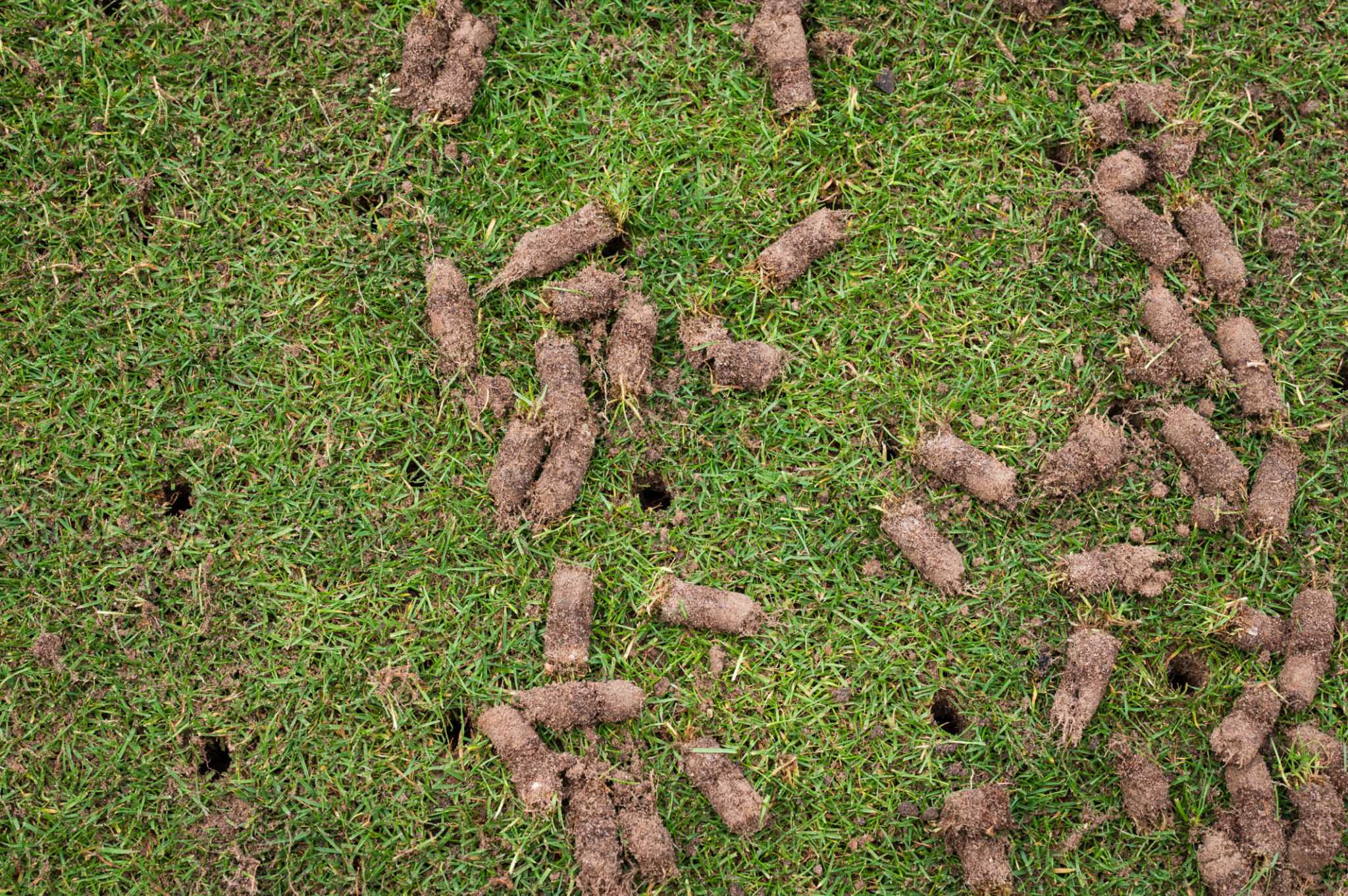Preparing for Spring: Essential Yard Drainage Maintenance Tips in Bigfork
Assess Your Yard's Drainage System
As spring approaches in Bigfork, it's time to assess your yard's drainage system. Proper drainage is crucial in preventing water damage and maintaining a healthy lawn. Begin by examining the current state of your yard, looking for any signs of water pooling or erosion. These can be indicators of underlying drainage issues that need to be addressed before the spring rains begin.

A simple walk around your property can reveal potential problem areas. Check for low spots where water tends to collect and inspect the condition of your gutters and downspouts. Ensuring these elements are in good shape will help manage water flow effectively.
Clear Debris from Gutters and Downspouts
One of the most important tasks in preparing your yard for spring is to clear any debris from your gutters and downspouts. Over the winter months, leaves, twigs, and other debris can accumulate, causing blockages that prevent water from draining properly. This can lead to overflow and water damage to your home’s foundation.
Use a sturdy ladder to reach your gutters safely and remove any obstructions. Make sure the downspouts are also free of blockages to allow water to flow away from your house. If necessary, consider installing gutter guards to minimize debris buildup in the future.
Improve Soil Drainage
Soil that drains poorly can lead to a soggy lawn and unhealthy plants. To improve soil drainage, consider aerating your lawn. This process involves creating small holes in the soil, which allows water, air, and nutrients to penetrate deeper. Aeration is particularly beneficial after heavy winter snow compaction.

If you notice persistent drainage issues despite aerating, you might need to amend your soil with organic matter such as compost. This can improve the soil structure and enhance its ability to absorb water efficiently.
Install or Repair French Drains
If your yard experiences significant drainage problems, installing a French drain might be a solution. French drains are trenches filled with gravel or rock that redirect water away from problem areas. They are especially useful in areas with heavy clay soil that doesn't drain well naturally.
If you already have a French drain system in place, inspect it for any signs of damage or clogging. Repairing or replacing sections as needed will ensure it functions correctly throughout the rainy season.

Plan for Future Maintenance
Once you've prepared your yard for spring, it's important to plan for ongoing maintenance. Regularly inspect your drainage systems and perform necessary upkeep to prevent future issues. Create a maintenance schedule that includes tasks like clearing gutters, checking for erosion, and assessing soil health.
By staying proactive, you can ensure that your yard remains healthy and vibrant throughout the spring and beyond. Proper drainage maintenance not only protects your property but also enhances its overall beauty.